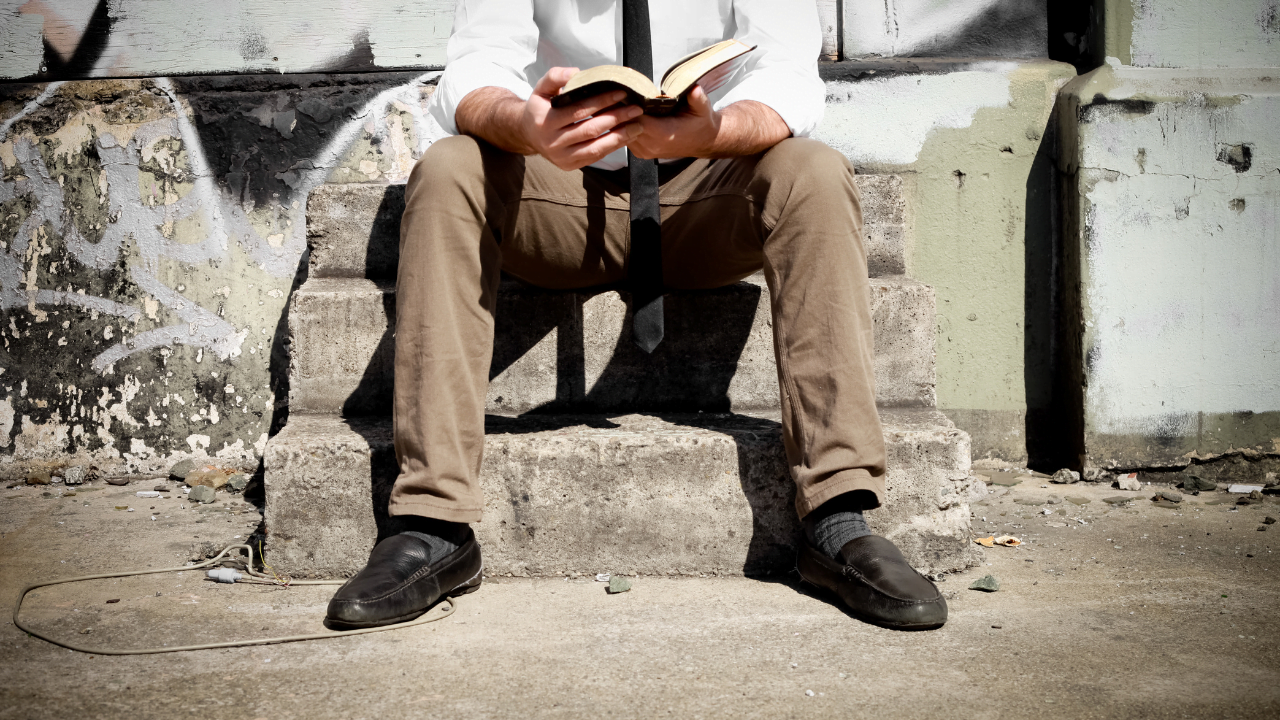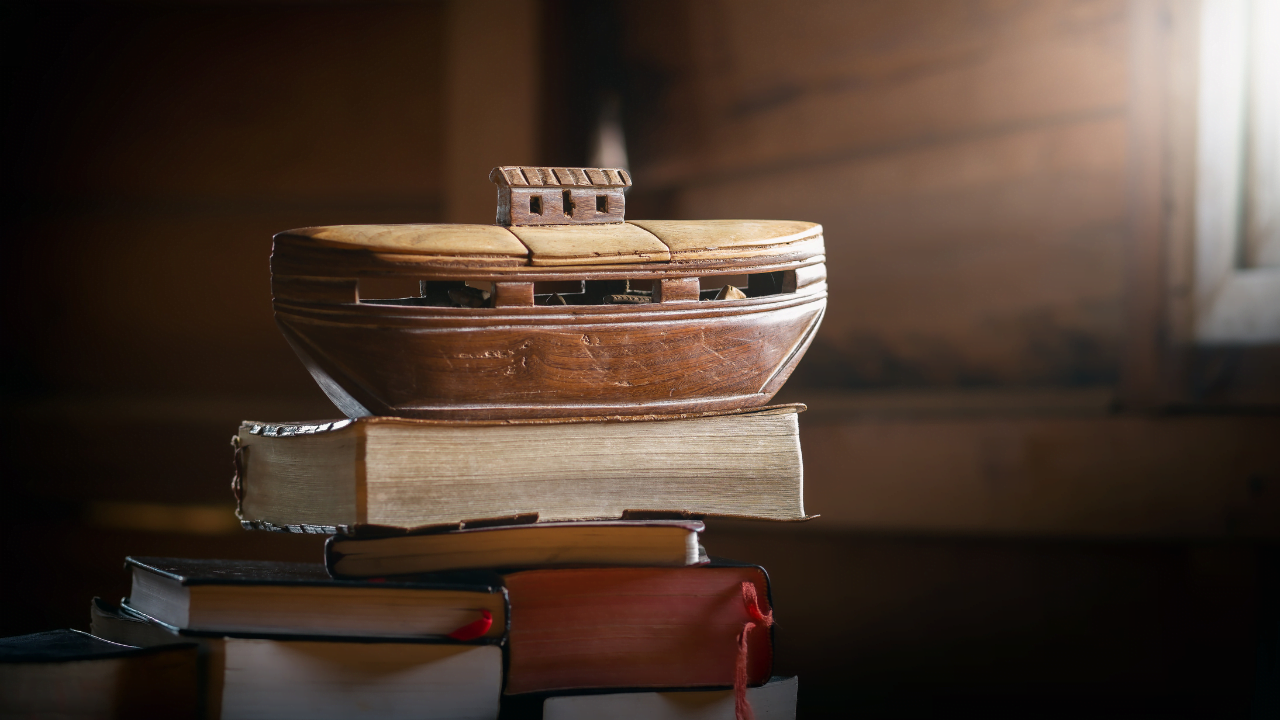No products in the cart.
Christian Art in European History
This post contains paid and/or affiliate links. I make a small commission at no extra cost to you. Please see our Privacy Policy.
Christian art has profoundly impacted European history, playing a crucial role in the continent’s cultural heritage. From late antiquity onward, Christian art has been intricately intertwined with European culture. It reflected the teachings and life of Christ, and artists in Europe played a vital role in creating religious images essential for worship and instruction.
The development of Christian art in Europe was influenced by the traditions and requirements of the Church, as well as the artistic creativity of the artists. Italian painting, in particular, has been a significant contributor to Christian art, but similar trends can also be observed in other European traditions.
The Role of Christian Art in Italy
In Italy, Christian art played a pivotal role in the cultural and religious landscape, driven by the practices of the Western Church. Creating diverse artistic forms allowed for visualizing Christ’s life and teachings, serving instructional and worshipful purposes.
Artists in Italy showcased their creativity through various mediums such as frescoes, altarpieces, illustrated books, and small portable altarpieces for private devotion.
Frescoes, painted directly onto the walls of churches, allowed for depicting scenes from Christ’s life in vivid detail. These larger-than-life images immersed the faithful into sacred history, enhancing their religious experiences.
On the other hand, altarpieces were created on wood panels or canvas and placed on or behind the altar. They were focal points for devotion and prayer, drawing worshipers’ attention and facilitating a deeper connection to Christ.
Illustrated books, often called illuminated manuscripts, featured intricately decorated pages that combined text and images. These books provided spiritual and educational value, visually representing Christ’s life alongside religious texts.
Small altarpieces, designed for personal use, allowed individuals to connect intimately with their faith through portable, miniature representations of Christ’s life.
The Popularity of Series and Easel Paintings
In the fourteenth and fifteenth centuries, images became popular in Italy. Often arranged sequentially, these series allowed viewers to follow and contemplate the progression of events from Christ’s life. Each image served as a chapter in a visual narrative, providing a comprehensive understanding of Christ’s teachings and sacrifice.
However, independent easel paintings also depicted the stories of Christ’s life. Artists were free to explore specific events or themes, representing them in standalone works of art. This allowed for a more focused and detailed representation of particular moments from Christ’s life, emphasizing their significance.
| Christian Art Forms in Italy | Description |
|---|---|
| Frescoes | Large-scale paintings directly on the walls of churches, depicting scenes from Christ’s life with vibrant colors and intricate details. |
| Altarpieces | Paintings on panels or canvas placed on or behind the altar, serving as focal points for devotion and facilitating a deeper connection to Christ. |
| Illustrated Books | Books combining text and images, offering a visual representation of Christ’s life in conjunction with religious texts. |
| Small Altarpieces | Portable, miniature representations of Christ’s life for private devotion and personal connection to faith. |
The Emphasis on Christ’s Humanity in Italian Painting
Italian painting during the late medieval and Renaissance periods strongly emphasized portraying the humanity of Christ and highlighting the significance of believers living their lives in accordance with Christ’s teachings. This particular perspective shaped the choice of Italian art themes, focusing on Christ’s earthly birth and death.
The central concept that guided this emphasis on Christ’s humanity was the Incarnation, the belief that Christ while remaining divine, took on human form. This profound theological idea underscored the importance of depicting Christ’s birth and death in Italian painting.
These representations conveyed fundamental aspects of Christian doctrine, including the promise of eternal life through Christ’s resurrection.
While other aspects of Christ’s life were not as prominently depicted in Italian painting, the attention given to his birth and death set Italian art apart from other European traditions.
Early Christian art, for instance, often highlighted Christ’s miracles, while Byzantine art focused on events such as his Baptism and Transfiguration. Similarly, Northern European art during the Reformation emphasized Christ’s preaching and parables.
“Italian painting captured the essential human nature of Christ and the significance of his earthly existence. This unique approach allowed for a deeper connection with the faithful, as they could relate to Christ’s experiences and find inspiration to live virtuous lives.”
By emphasizing Christ’s humanity, Italian painting demonstrated a profound understanding of the human condition and the divine nature of Christ’s mission. The focus on Christ’s birth and death in Italian art not only celebrated the sacred Incarnation but also served as a powerful reminder of the profound impact of Christ’s humanity on the spiritual lives of believers.
The Creative Freedom and Tradition in Italian Painting
Italian painting is known for its remarkable combination of creative freedom and adherence to tradition and patronage. Artists in Italy were often commissioned to create works of art within a structured system that provided guidelines and expectations. Despite these constraints, Italian painters found innovative ways to express creativity and inventiveness.
Tradition played a significant role in Italian painting, with certain conventions and conventions being followed. For example, in depictions of the Crucifixion, it was customary for the cross to be positioned at the center, surrounded by specific figures such as the Virgin Mary, Saint John, and Mary Magdalene. Colors were also chosen based on established traditions, such as using blue for the Virgin Mary’s cloak.
“Italian artists seamlessly blended tradition with artistic invention, creating captivating and visually compelling imagery.”
However, these traditions did not stifle creativity but provided a framework for artistic exploration. Italian painters were given the freedom to experiment with different settings, arrangements of figures, and levels of naturalism, resulting in a vibrant and diverse body of work.
This constant exchange between tradition and innovation kept the iconography of Christ’s life in Italian painting fresh and engaging. Artists pushed the boundaries of traditional representations, incorporating new elements and perspectives that brought a sense of dynamism and vitality to their works.
- Flexible settings: Italian painters were not bound by rigid interpretations of biblical scenes. They could portray Christ’s life in various settings, from humble domestic interiors to grand architectural backdrops.
- Creative arrangements: Artists experimented with the placement and arrangement of figures, exploring different compositions that enhanced the narrative and emotional impact of the artwork.
- Naturalistic representation: Italian painters sought to capture the physicality and emotions of their subjects, incorporating elements of naturalism that made their artworks more relatable and human.
This blend of creativity and tradition in Italian painting resulted in innovative iconography that captivated viewers and allowed a deeper exploration of the religious themes and messages conveyed in the artworks.
Italian painting was not constrained by tradition but somewhat shaped by it. Artists used established techniques and subject matter as a springboard for artistic experimentation, producing groundbreaking and visually stunning works that continue to inspire and captivate audiences today.
Exploring Lesser-Known Themes in Italian Painting
Italian painting provided artists with the unique opportunity to venture beyond traditional subjects and experiment with artistic techniques while staying true to Christian themes. This artistic freedom allowed for exploring unconventional topics that added a fresh and captivating dimension to Italian art.
The Unconventional Theme of Christ in the Wilderness
One fascinating theme that emerged in Italian painting was the portrayal of Christ in the Wilderness. This subject allowed artists to showcase their creativity and imagination, offering a unique perspective on Christ’s solitary contemplation and divine connection. It presented a departure from conventional religious scenes, enticing viewers with its unconventional approach.
“The unconventional theme of Christ in the Wilderness allowed artists to explore their artistic objectives while maintaining the essence of Christian art.”
One prominent example of this unconventional portrayal is found in the work of Moretto da Brescia. In his painting, he captured a landscape teeming with birds and animals surrounding Christ, creating a striking image that evoked a sense of deep introspection and connection to nature.
| Artist | Description |
|---|---|
| Moretto da Brescia | A landscape teeming with birds and animals surrounding Christ, conveying a profound sense of contemplation in the wilderness. |
Another notable artist who embraced unconventional themes was El Greco. Known for his visionary scenes, he depicted Christ restoring sight to a blind man in his painting, showcasing his artistic mastery while conveying a message in line with the spirit of the Counter-Reformation.
| Artist | Description |
|---|---|
| El Greco | A mesmerizing depiction of Christ restoring sight to a blind man, showcasing the artist’s skill and conveying a powerful religious message. |
These unconventional themes in Italian painting allowed artists to push the boundaries of their creativity and artistic experimentation while maintaining the underlying Christian context. By exploring lesser-known subjects, Italian artists added a new layer of richness and diversity to the realm of Christian art.
Conclusion
Christian art has played a significant role in European history, leaving behind an enduring legacy that continues to shape our cultural heritage. From Italy to other parts of Europe, artists have created breathtaking works that reflect the teachings and life of Christ. Through their creativity, they have produced unique and diverse representations of Christ’s life within religious tradition and patronage boundaries.
The themes and techniques explored in Italian painting not only informed the artistic development of the era but also enriched the spiritual and religious experiences of the faithful. These masterpieces served as visual avenues for worship, education, and meditation, inviting believers to delve deeper into the story of Christ. The artistic contributions of Italian painters, with their focus on Christ’s humanity, birth, and death, set their work apart from other European traditions.
Today, Christian art remains a cherished part of our European cultural heritage. It is a constant reminder of the profound spiritual significance of the Christian faith. These enduring artworks connect us to our past, inspire us in the present, and ensure that the legacy of Christian art lives on for generations to come.
FAQ
What is the significance of Christian art in European history?
Christian art has played a crucial role in Europe’s cultural heritage, reflecting Christ’s teachings and life and shaping the continent’s history.
How did Italian artists contribute to Christian art?
Italian artists created frescoes, altarpieces, and illustrated books that depicted scenes from Christ’s life, enhancing the religious experience of the faithful.
What themes were emphasized in Italian painting?
Italian painting focused on Christ’s humanity, emphasizing his earthly birth and death, conveying essential aspects of Christian doctrine.
How did Italian painters balance tradition and creativity?
Italian painters worked within the traditions set by the Church and patrons while enjoying the freedom to experiment with different arrangements of figures and artistic techniques.
Did Italian painting explore unconventional subjects?
Yes, artists in Italy had the opportunity to explore lesser-known themes, such as Christ in the Wilderness, allowing them to showcase their creativity and artistic objectives while still staying within the realm of Christian art.
What is the enduring legacy of Christian art?
Christian art remains a cherished part of European cultural heritage, reminding us of the deep spiritual significance of the Christian faith.













